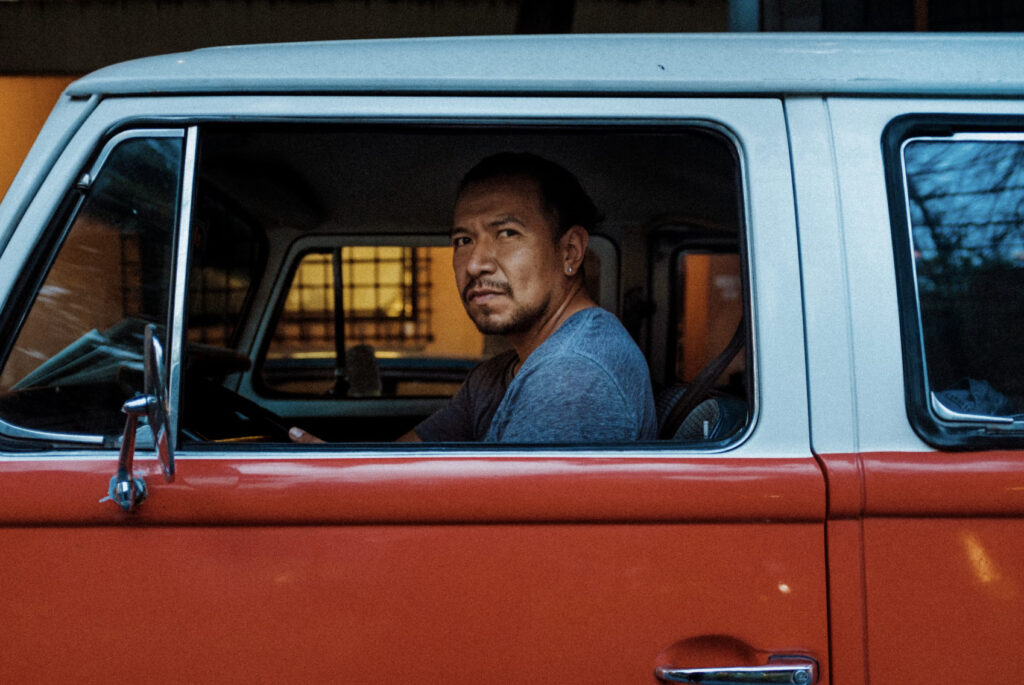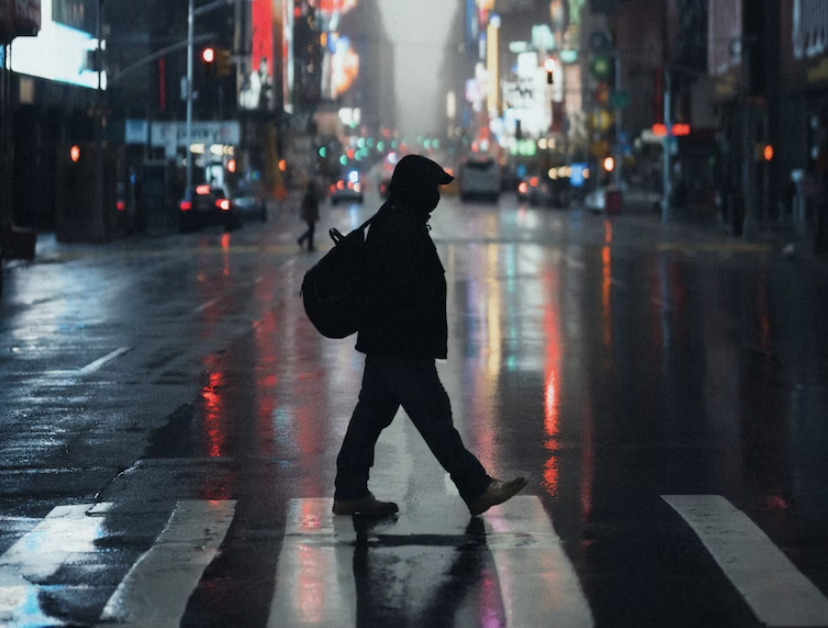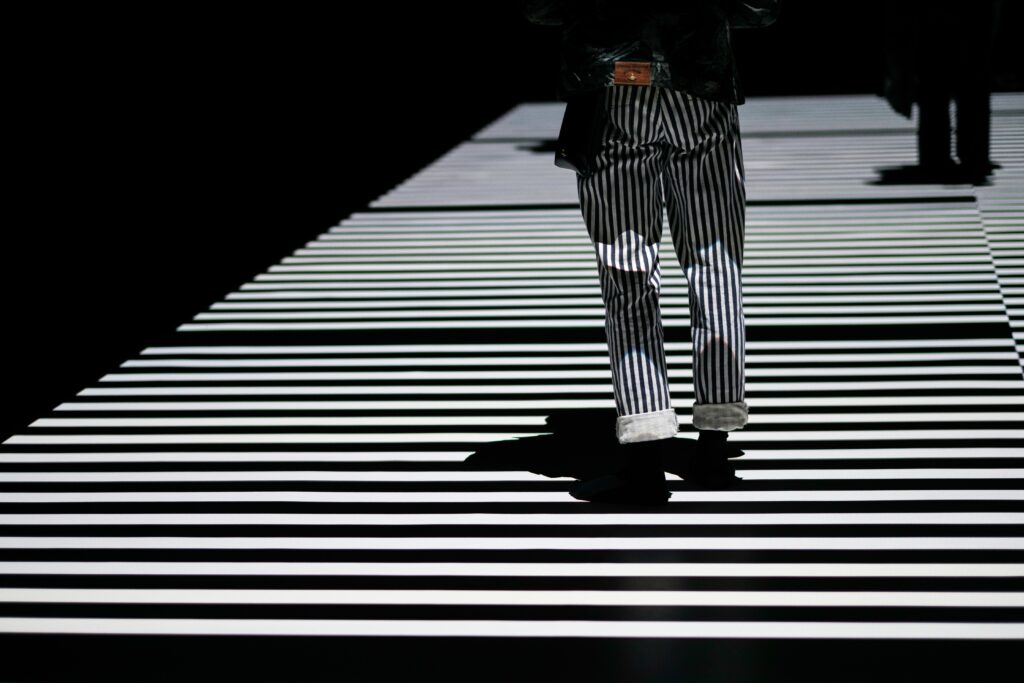As we revel in the golden colors of autumn here in the Northern climes, we are acutely aware of what’s to follow. That, of course, is winter – a time of short hours of daylight, cloud, and cold. However, for many of us, there will be times when it snows and snow is a wonderful plaything for us photographers.
Snow utterly changes the landscape, making the familiar seem eerily new. Perhaps the biggest change we see after a good snowfall is in towns and cities. The familiar green-grey of a city's infrastructure is transformed into a sea of pristine white. Today we are going to look at some ideas and practicalities for shooting snowbound cities.
Go Early
Going early has two meanings. Firstly, early as in as soon as the snow has fallen, perhaps even while it is falling. Once cities come to life after a snowfall, people and cars grind the beautiful white stuff into a grey slushy mush. Keep an eye on the weather forecast and make sure you're prepared to get out as soon as the snow falls.
The other early is of course early in the morning. The low sun of winter adds a particular beauty to the golden hour. Long soft shadows on pure white snow, soft golden light on buildings and other elements that go to make up city life. With the cold mornings, you may well get mist, fog and even steam venting into the streets all adding an immense beauty to even the dullest of cities.
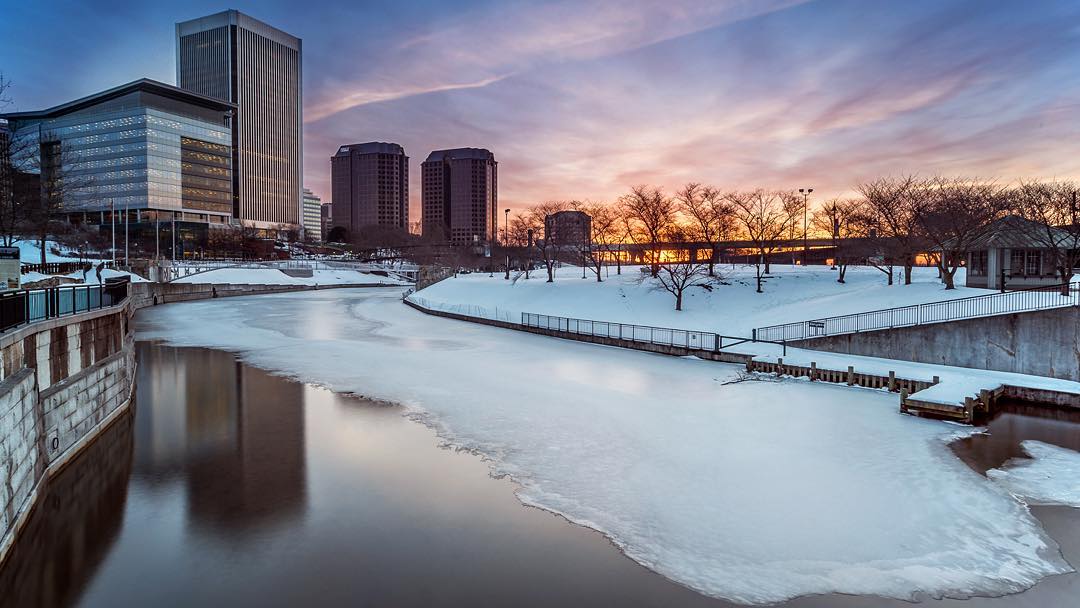
Details And People
Don’t just think big and wide when shooting snow. Cities after snowfall are full of amazing little details. Snow piled up on car wing mirrors, the last leaves of autumn on fresh snow, icicles on a park bench. Take a macro lens if you have one, if not try to get in close to all the tiny details that snowfall affords.
As well as the details, street and people photographers will have a field day. Whether it is people struggling to walk to work on icy pavements or bright colored winter clothes contracting the white snow and grey city. Even posed portraits can look great in a snowbound city.
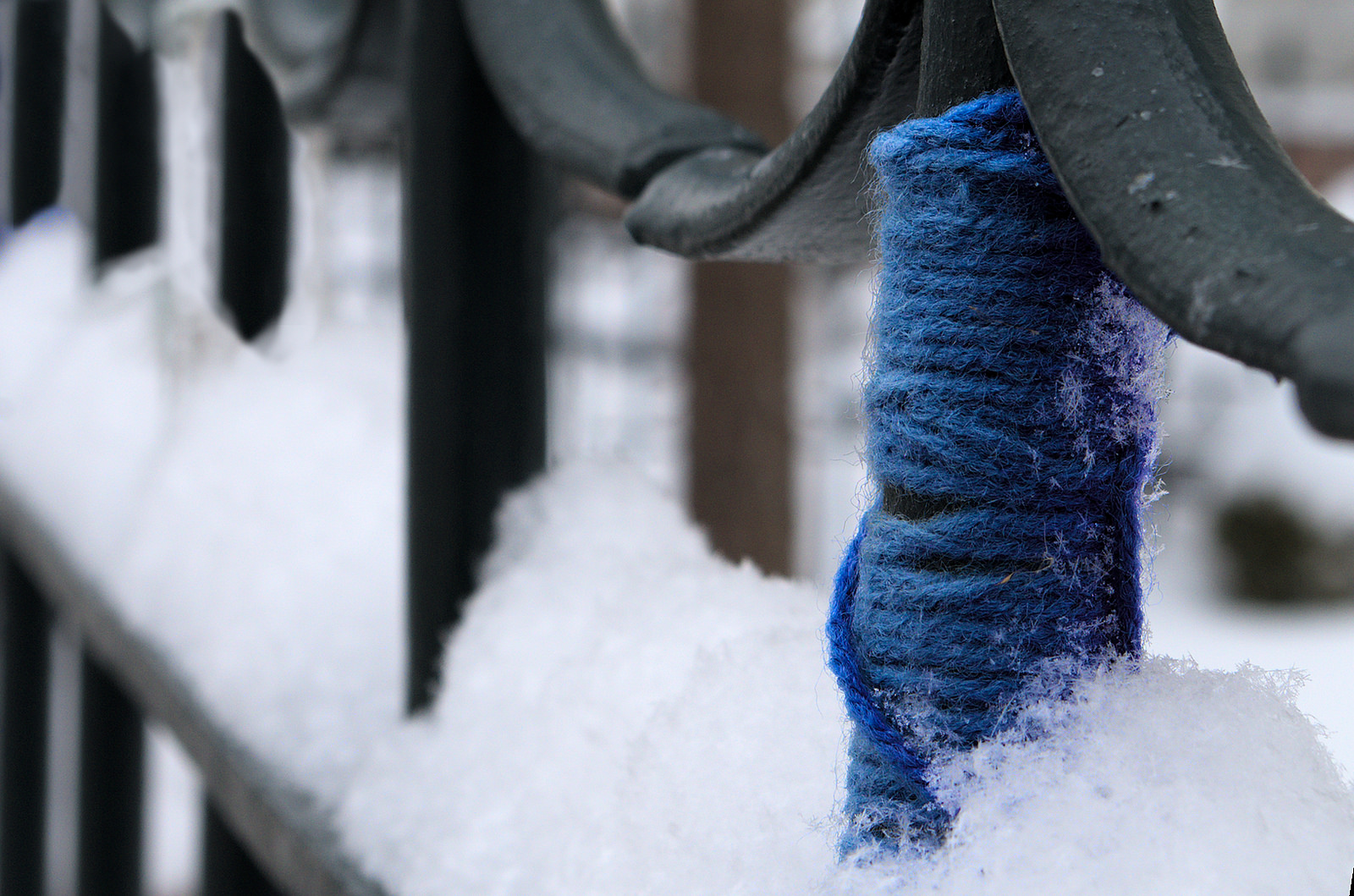
Evening And Night
Snowbound cityscapes take on a special beauty in the blue hour and into the night. The vast expanses of white reflect the city’s bright lights back against the buildings, filling in nooks and crannies where normally dark shadows would reside. Often the coldness will create a slight mistiness to the air. In turn, this makes the bright lights of the city take on a halo effect adding further mystery to the shots. The colors of city lights are also enhanced by the mist.
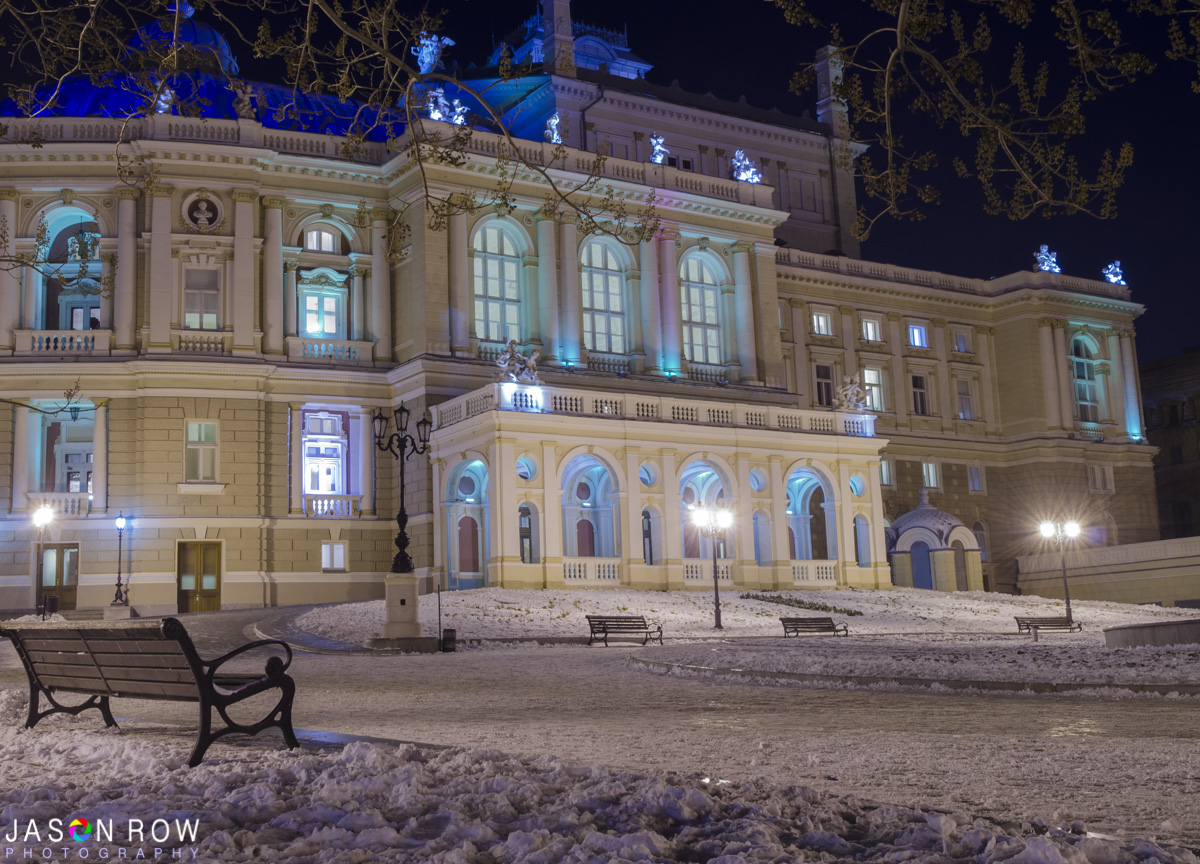
Shooting As It Snows
There is a special kind of beauty in capturing the snow as it falls. It can be quite tricky and you will need to be confident that you have a weather sealed camera and lens. If you are not sure, or your camera is not weather sealed, try shooting from under cover.
As with motion in any shot, you can choose how to capture the falling snow. Slow shutter speeds will create a blurred effect to the snowflakes while raising the shutter speed will freeze their motion. Focusing is key too. Because snowflakes are so small you need your focus point to be relatively close to the camera. If you need the background in focus, aim for a smaller aperture to increase the depth of field.
Going High
Another great way to capture snow in the city is from a high perspective. This might be atop a tall building or by using a drone. Be careful to stay within the safety limits of your drone both for temperature and where you fly. Looking down on snowbound rooftops, you will see splashes of color, perhaps watery sunshine and steam coming from heating vents. Trees with leaves remaining add further definition to the scene below.
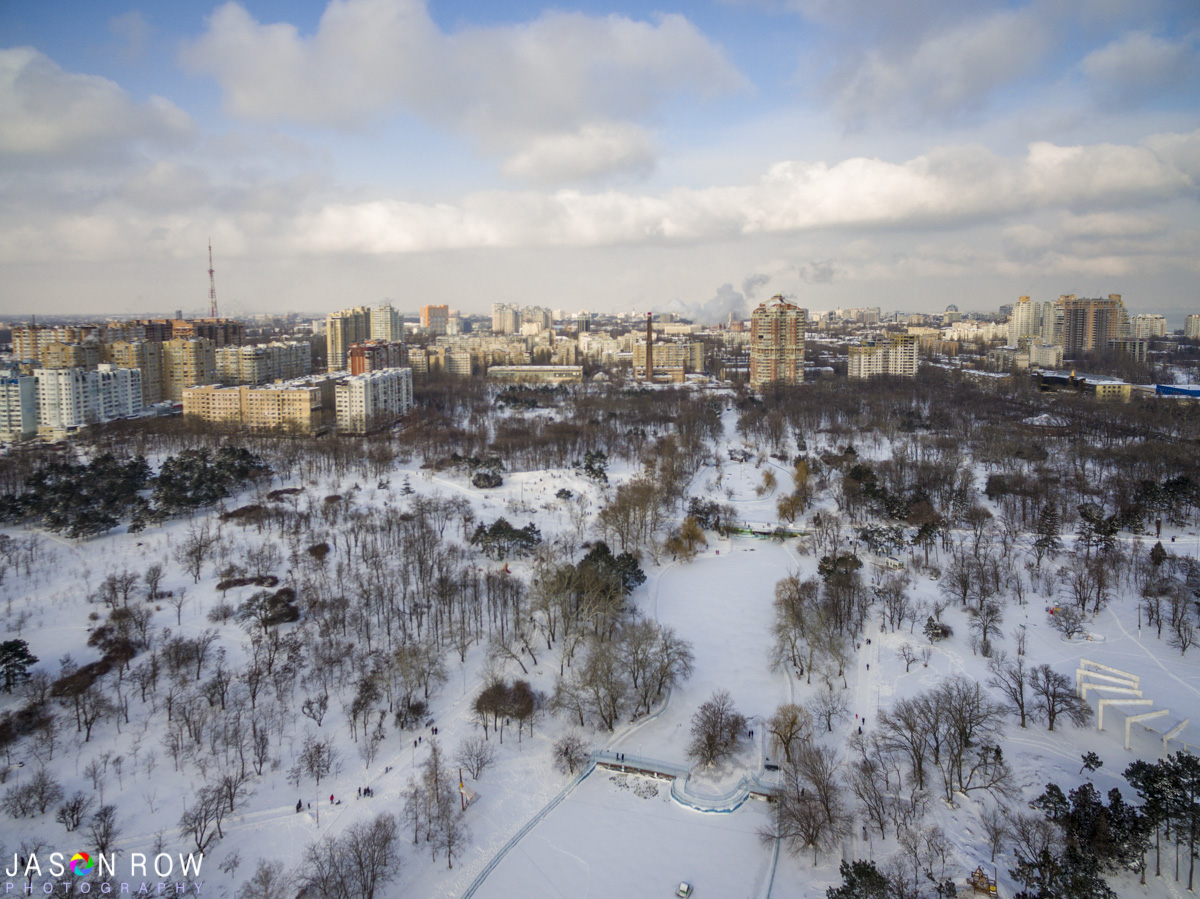
Practicalities
Your first concern when shooting a winter cityscape should be for yourself. Wrap up warm with multiple layers and thick-soled, insulated boots. Use a pair of gloves, perhaps with fingertips cut off, to enable you to work with your camera. You will be standing around a lot trying to get the shots and it is easy to not realize how cold you have become.
Your camera will go through batteries at a much higher rate so make sure you have spares and that they are fully charged. Keep them in your pockets close to your skin before use. This will allow them to retain some heat and hopefully last longer. Make sure you do not have anything else metallic in the same pocket as a battery.
When it comes to shooting, most cameras will tend to underexpose snow scenes. Try opening up the aperture or try dropping the shutter speed by one stop to compensate. If in doubt, bracket your images with a bias towards the overexposed side. Colour is another area where cameras might get it wrong in the snow. This is particularly true in the blue hour and at night. The simple solution is to shoot RAW, this will allow you to control the white balance in post-production.
Winter need not be a time to pack away our cameras and return to a warm fire and a pair of slippers. Snow can transform even the most mundane looking town or city into a special kind of beauty. Keep an eye on the weather forecast and if you see snow coming, get those batteries on charge.
For More Tips On Shooting Snow
- How To Shoot Photographs In The Snow – See Geoff Lawrence's article for some great tips
- 10 Winter Photography Tips That Everyone Should Know – The Phoblographer has a neat list of tips and tricks
- Photographing Falling Snow – Jeff Newcomer has a more detailed post on capturing falling snow
- How To Take Great Winter Photographs With Your iPhone – iMore has a post that is mobile specific
- How To Photograph Snow – see our post to brush up on some basics


